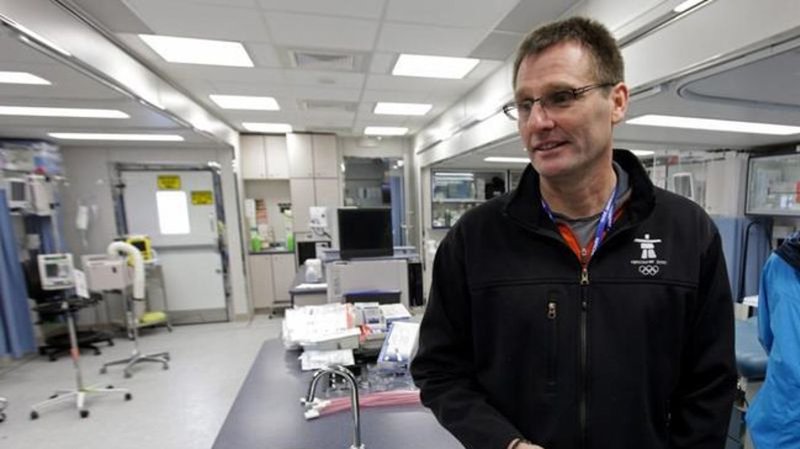
Olympic team doctor confident Canada “can get a team in and out safely” from Olympics
The explosion of COVID-19 cases amid the new highly contagious Omicron variant couldn’t come at a worse time for the 2022 Beijing Olympics.
Less than seven weeks before the Games open on Feb. 5, outbreaks have slammed the NBA, NFL and NHL, forcing some NHL teams to close shop entirely over the holiday break in hopes of halting the spread.
How confident is Canada’s Olympic team doctor that the country’s top winter athletes can compete safely in China? Or that Beijing organizers can pull off the Games safely at all?
“I get asked this question before every Games I think,” Dr. Mike Wilkinson said with a laugh. “The way I look at it is we’ve learned an incredible amount as this pandemic has gone on. And we’ve learned an incredible amount even since Tokyo (Olympics this past summer).


